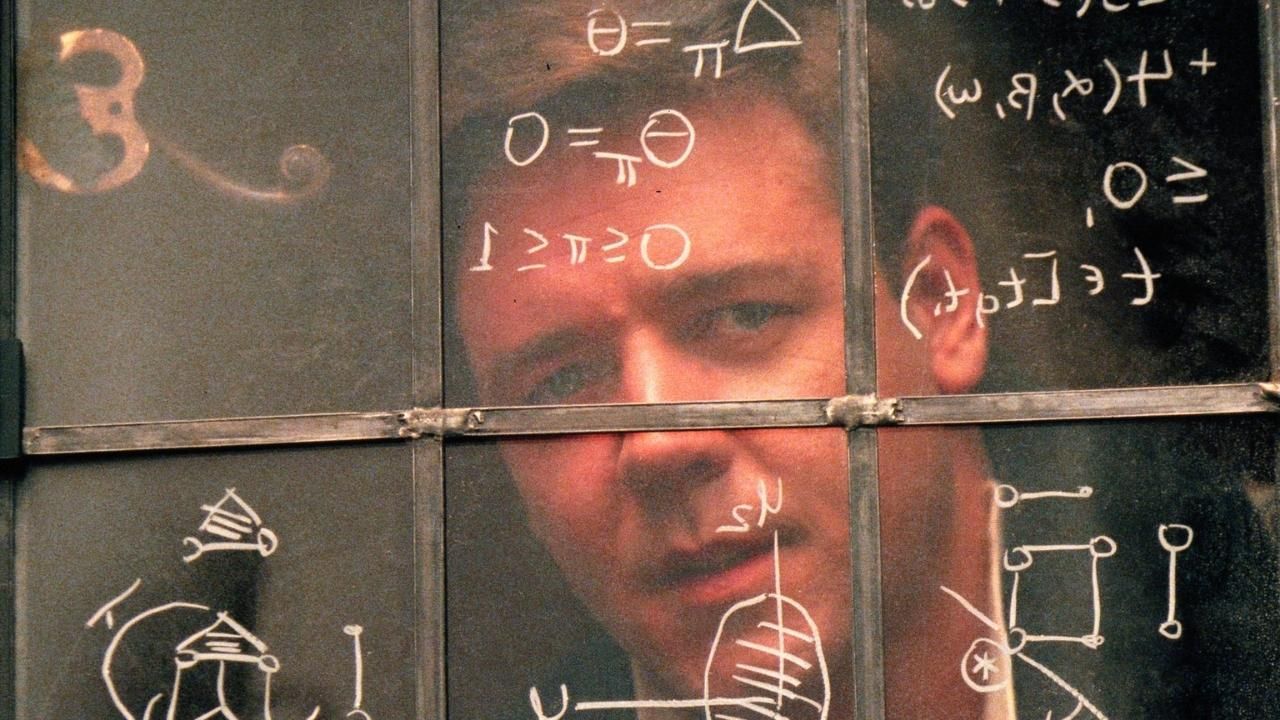A Beautiful Mind is a classic biographical drama based on the life of Nobel laureate John Nash, who had Schizophrenia. John Nash was felicitated with a Nobel Prize in Economics for his groundbreaking pursuits in mathematics, especially Game Theory.
The film is a beautiful portrayal of Nash’s journey, his bond with his wife Alicia, and the academic challenges that eventually led him to the pinnacle of success.
A Beautiful Mind is also an emotionally buoyed case study of the challenges a person with Schizophrenia faces.
Nash’s mind had made up its own world where Nash had imaginary friends who would help him escape the struggles of the real world. Charles, a literature student; Marcee, Charles’ young niece; and Parcher, a secret agent, were all a part of Nash’s brilliant imagination and would help him make those groundbreaking discoveries later in life.
If you haven’t watched the film yet, you are missing out on one of the most beautifully crafted classics ever.
The Ending Explained: Conquering the World with ‘A Beautiful Mind’
The film ends with John Nash’s recovery and eventual acceptance of his situation. He receives the Nobel Prize for his outstanding contribution to game theory, which he calls ‘a beautiful mind.’
In the end, Nash finally learns to cope with his hallucinations and does not let them interfere with reality. He achieves a balance between genius and madness, between illusion and reality, which helps him find his inner Nirvana and live a peaceful life with his wife and son.

Although the ending tries to be as accurate to Nash’s true story as possible, it does take a few artistic liberties to make the climax even more enticing.
For instance, the film never mentions that Nash had a son from his previous relationship or that he was bisexual and had several affairs with men. Most importantly, we are not shown the relapse of his Schizophrenia in the 1980s, when he was hospitalized several times.
The makers also take liberties to personify the genius’ paranoia by inventing an imaginary character called Parcher. These artistic liberties are essential to convey the message that the makers want to deliver through the film.

Moreover, the makers wanted the ending to be inspirational, to provide hope to people with various mental illnesses. Anyone can also reach the zenith if they have the grit and determination.
The film shows that Schizophrenia was not a curse but a part of Nash’s identity, and he could use his ‘beautiful mind’ for humanity’s benefit!
About A Beautiful Mind
A Beautiful Mind is a 2001 American biographical film about the mathematician John Nash, a Nobel Laureate in Economics, played by Russell Crowe.
Ron Howard directs the film based on a screenplay by Akiva Goldsman, who adapted the 1998 biography by Sylvia Nasar.
In addition to Crowe, the film’s cast features Ed Harris, Jennifer Connelly, Paul Bettany, Adam Goldberg, Judd Hirsch, Josh Lucas, Anthony Rapp, and Christopher Plummer in supporting roles.
The story begins in Nash’s days as a brilliant but asocial mathematics graduate student at Princeton University. After Nash accepts secret work in cryptography, his life takes a turn for the nightmarish.









No Comments on A Beautiful Mind Ending Explained: Striking the Balance!